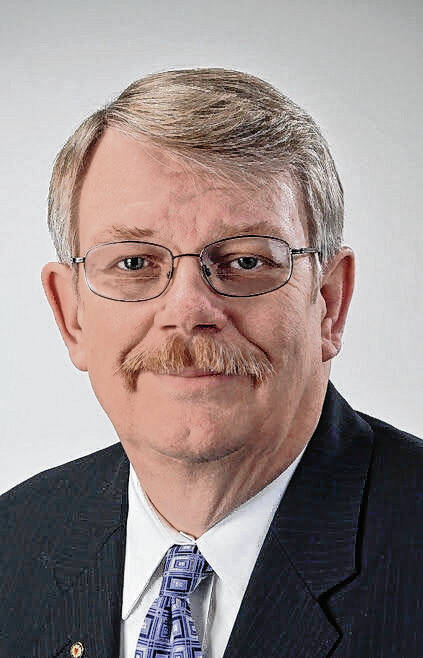
Mark Franke
In this iconoclastic age which revels in knocking down as many Western mores as possible, one should not be surprised at what will be frog-marched to the cultural Jacobin guillotine next.
I practice a 21st century version of “know nothingness” by simply ignoring much of what goes on around me. Foolish? Yes, according to my family. Eccentric? Of course, but remember my age. Cowardly, no doubt, but we geezers are entitled to our conceit of residing in the world of our distant past.
Unfortunately, there are occasions when real life gobsmacks us when we least expect it. Our self-imagined hermit’s cave can protect us from only so much.
I had one of these experiences several weeks ago when I attended the wedding of a young couple from my church. We are Lutheran, so we use a traditional wedding service, by that I mean a worship service with hymns and scripture readings and a sermon. The vows are traditional, as well, reflecting the created difference between man and woman, a difference intended to make the two perfect complements.
God may have instituted marriage as the perfect relationship, but then we humans got our hands on it. On the drive from the church to the reception hall, I thought about what has happened to the state of holy matrimony just in my lifetime. A quick review of census data didn’t mitigate my concern.
In 1950, approximately two-thirds of adults were married. By 2020, this had fallen to about one-half. This isn’t just a statistic. It is a fundamental change in the way in which our society is organized. It affects how people use their leisure time, spend their money and interact with neighbors. What unfortunate changes to our sense of shared community does this portend?
So what else changed during this 70-year period?
The average age of first marriage has increased from 20 to 28 for women and from 22 to 30 for men. Are the 20s a lost decade for our young people, finding themselves on the outside looking in during their prime years for family building? Is it simple economics, the need to find a job and focus on a career? Can it be the outcome of an upbringing that encourages self-absorption and materialistic consumption?
The percentage of family households with both parents present declined from 87% in 1959 to 73% in 2021. The poverty rate for single-mother families is nearly triple that of two-parent households. How many more children are growing up without strong parental (usually the father’s) models at home and without financial security? Do children today no longer hear that dreaded line: “Just wait for your father to get home!”?
There is a seemingly endless parade of bad news stories about problems faced by schools in enforcing discipline and achieving desired educational outcomes. Having worked in higher education my entire career, I observed this firsthand. I recall that as many as two-thirds of incoming freshmen required remedial math courses before taking college-level courses. And these were students who met our admission standards. If high school graduates are not prepared for college, how can they be prepared for a 21st century workforce?
Maybe workforce preparation is not seen as important. Just in the last 20 years, workforce participation has dropped by 6% for adult men and 7% for teenagers. Are the financial benefits of working too small to induce healthy adults to get jobs? Do adult men no longer see themselves as breadwinners for their families?
There is something quite disturbing here.
As an economics major, I learned the importance of differentiating between correlation and causation. Just because things happen in some sequence should not lead one to conclude the earlier event caused the latter. But when so many events line up pointed in the same direction, one can’t help but wonder. Surely, all of this can’t be simple coincidence.
“Curious and curiouser,” to quote Alice down the rabbit hole.
The family is the foundational building block for society and always has been, the claims of wokism notwithstanding. It is a marvel of design, equipped to provide economic security for the family and a nurturing environment for child-rearing. Yes, it is built on traditional roles for husbands and wives, fathers and mothers, parents and children. These roles are flexible enough to bend but must not be stressed to the breaking point.
Why is this important? Just look around you. If you think things are better now than in 1950 given the family data cited above, then you hold to a different creed than I do.
The worst thing about this? We have barely begun to pay the price for this self-inflicted breakdown. It will be our grandchildren who will be presented the bill … with interest.
Mark Franke, an adjunct scholar of the Indiana Policy Review and its book reviewer, is formerly an associate vice chancellor at Indiana University-Purdue University Fort Wayne. Send comments to [email protected].
